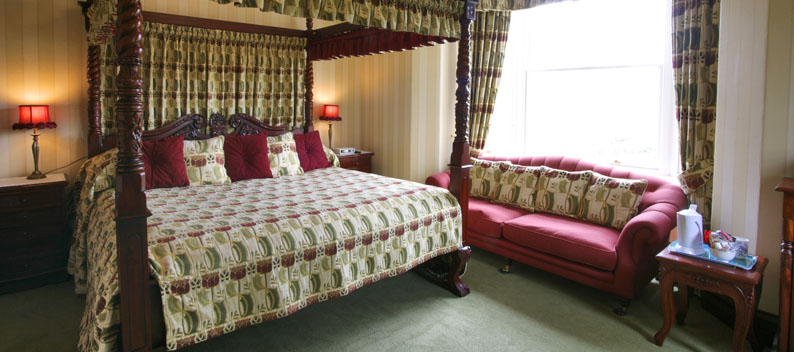Part Two: The Renaissance Continued
The rise of the fabric
Exotic silken material had been made in Italy for two hundred years but it was by the 15th century that competition came into play between the Italians and the French who also began to produce luxurious fabrics. Irregular bespoke patterns replaced the more uniform ones of the previous century during the early years of the Renaissance and scenes depicting movement became increasingly popular. For example floral scrolls, flying birds and moving animals.
One of the favourite materials of the period was damask which began to dominate as the fabric of choice for curtains. Traditionally damask was made from silk or linen but was woven like wool into a blend of fibres. Damask made of linen was born out of Flemish linen-thread weavers copying the work of their counterparts in Italy, but instead of using silk made their material from linen instead.
Although silk weaving was popular among the wealthier classes in Britain at the time it was unaffordable for the average person and so the main material for curtain making was wool or linen.
Indiennes were calicoes that were painted by hand and coloured brightly and were brought into France from India around the turn of the 17th century. These became immediately popular and began to dominate the curtain market. Dyeing methods were improving and with the influence of India upon the West the brightness of the colours improved, despite the European block printing methods remaining in place for some time after.
Trimmings – curtains get decorative
Curtains needed trimmings and the materials of choice were ropes and tassels which were used to hold back the curtains on beds and which added a visual effect to door curtains. These were embroidered and made out of lace and also used lace for their edges.
Return next month for Part Three: The Baroque Period.




